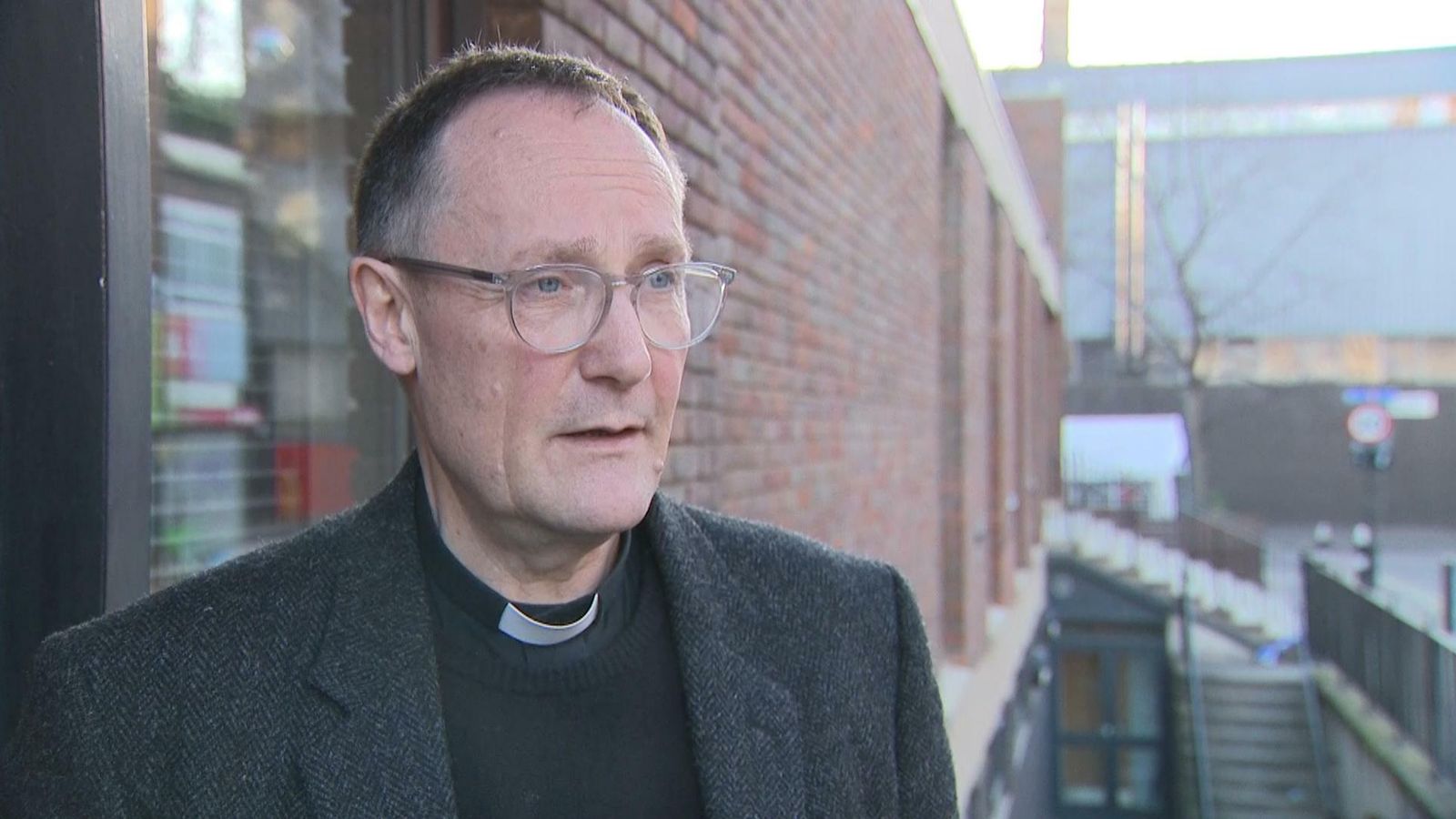Another study came out recently showing that solar and wind power are the cheapest options in town for new electricity supply. This has been the case for at least a few years, as study after study after study has shown, and as indicated by the majority of new power capacity coming from solar and wind. (It’s less clear why anyone is installing any fossil fuel power plants at this point in time.)
Yes, this is essentially a “dog bites man” story at this point, but it’s an important one to keep telling since the majority of the population would most certainly be shocked if you told them this. It would be as if they had only ever been told that humans bite dogs.
This new study comes from Fraunhofer Institute for Solar Energy Systems (ISE), a highly respected research institution in Germany. The study examines the levelized cost of electricity (LCOE) of different types of power plants, which basically means the average cost per kWh over the “life” of the projects. That often means stretching out the analysis by 20 years or so.
Comparison of the LCOE (levelized cost of electricity generation) from renewable energy technologies with the operating cost of existing fossil fuel power plants in 2021, 2030 and 2040.
Being a German institute, Fraunhofer ISE did the analysis for Germany. That makes it all the more impressive, though, since Germany has solar resources comparable to Alaska’s (not a joke). Less sunlight means less opportunity to recoup your costs. Nonetheless, solar panels are so cheap now and solar power plant systems are so streamlined that solar is just cheap, cheap, cheap. It helps that sunlight is free and there are no moving parts that are prone to breaking.
The solar PV cost range identified in this study was from 3.12 euro cents per kWh to 11.01 euro cents per kWh. Solar power plant costs themselves were estimated to range from 530€/kWp to 1600€/kWp.
This is a regular analysis that Fraunhofer ISE conducts, and this is the 5th edition of it, but this is the first time that the researchers have included energy storage as part of the analysis. In this case, a solar PV system with battery energy storage has an LCOE of 5.24 euro cents per kWh to 19.72 euro cents per kWh. In the case of a utility-scale solar PV farm with batteries, it’s still the case that nothing is expected to be cheaper except for onshore wind power, which ranges between 3.94 euro cents per kWh and 8.29 euro cents per kWh.
The Fraunhofer team also forecasted how these figures will change by 2030 and by 2040. The short version is: solar and wind will get even cheaper. Though, the prices are not expected to change a tremendous amount in that time. The LCOE of natural gas, however, is expected to go up significantly. In particularly, the price of CO2 is supposed to rise, making natural gas an coal power plants even more expensive than they are today.
For more, see the Fraunhofer news release about the new study or the study itself: Study: Levelized Cost of Electricity [PDF 7.6 MB].



